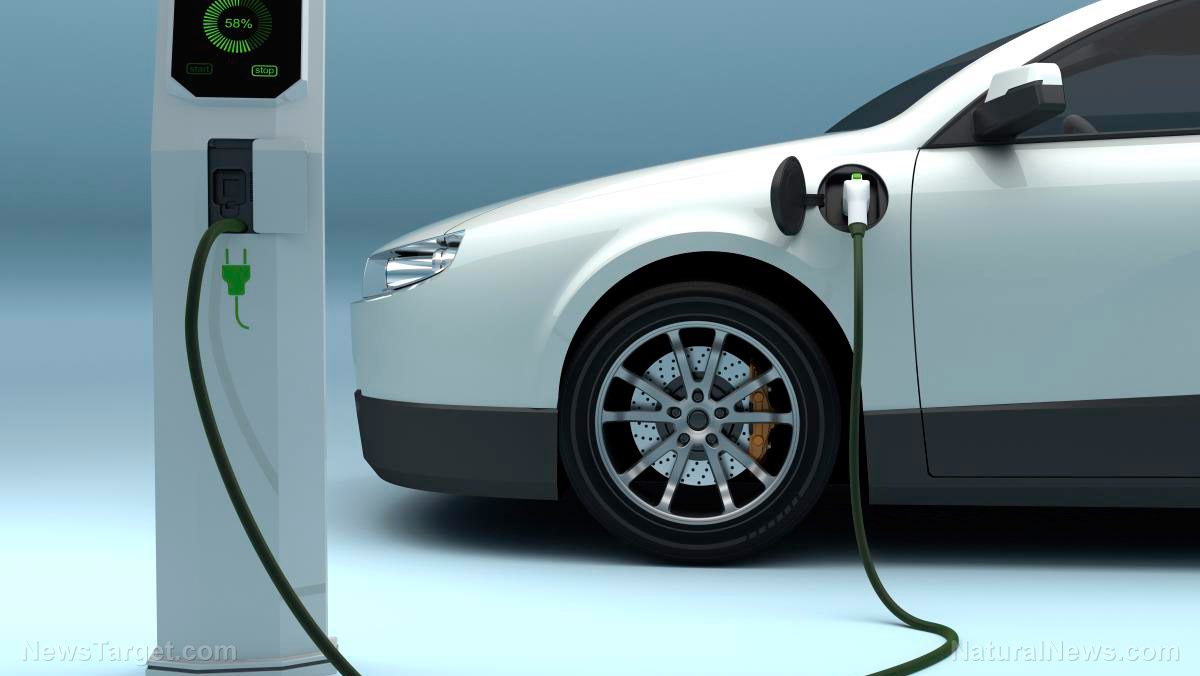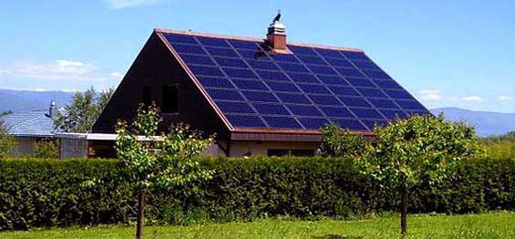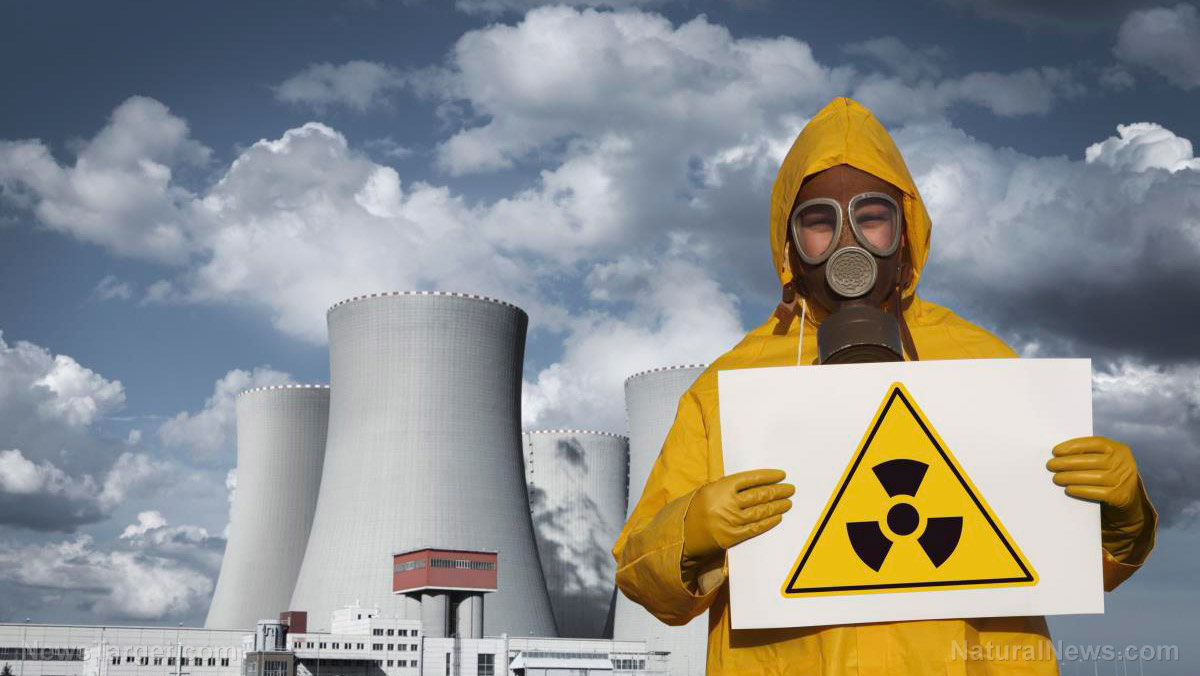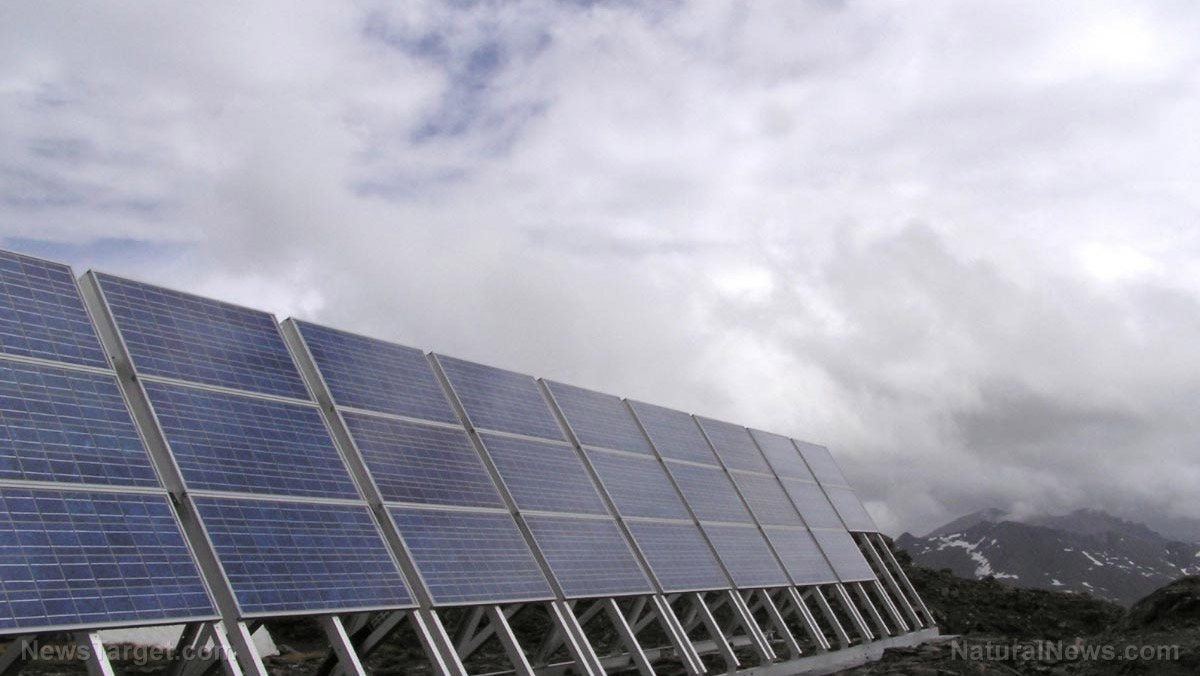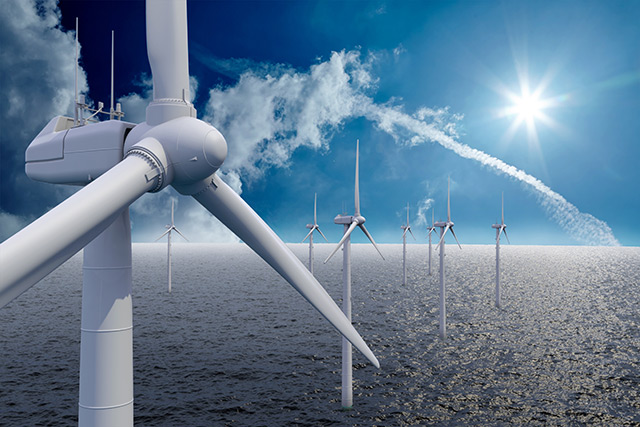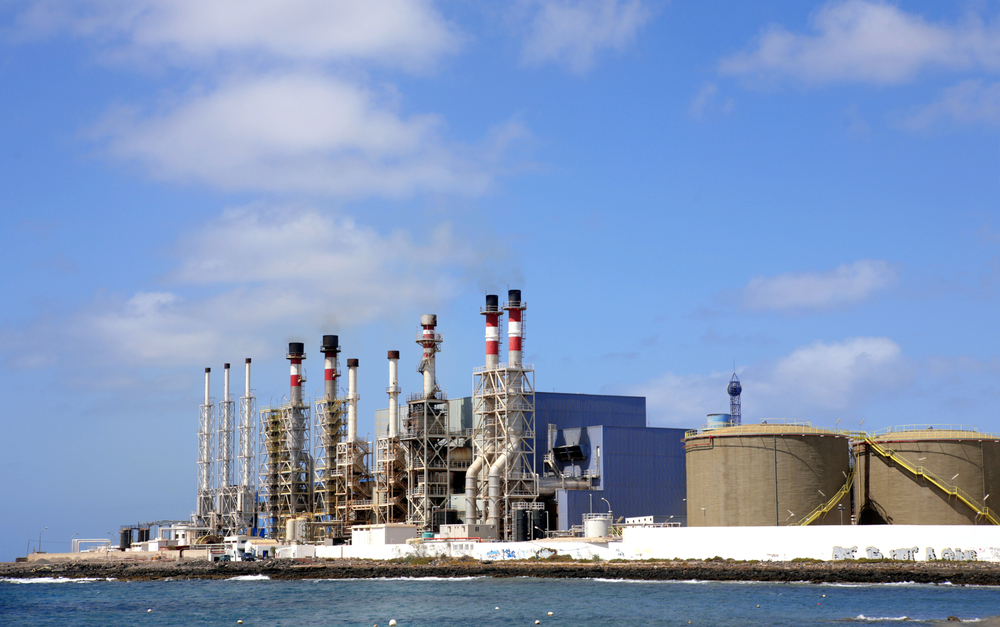How green is the technology that makes your green energy? Researchers are working to develop sustainable ways to source the raw materials
11/30/2017 / By Frances Bloomfield

The growing demand for green technologies such as electric vehicles and wind turbines has called for a heavy price. The need for rare earth minerals in their production processes is all but causing great harm to the environment and placing unnecessary pressure upon poor communities. Yet a team of researchers from the Camborne School of Mines is working towards changing that.
According to ScienceDaily.com, the team has been developing the possible mineral resource equivalent of Fairtrade. This social movement entails creating a partnership between producers and consumers, and paying the former fair prices. Coffee, tea, and banana growers have made use of this system to great success. However, implementing Fairtrade onto the sourcing of raw cellphone, car, and computer materials can be highly challenging due to the complexity of supply chains.
The research team has worked around this by proposing the inclusion of geoscientists in the production and manufacturing process. These men and women could help measure the possible environmental and social costs that come with the mining and preparation of rare earth elements.
For example, geologists could ascertain the amount of rocks needed for the production of a certain raw material, as well as provide other important information, like the radioactivity of the extracted rocks. Metallurgists could play a role as well, one that would involve them tracking the energy requirements for the extraction and processing of raw materials. Finally, chemists could then separate rare earth elements from one another to prepare them for manufacturing.
“It is important that we understand the environmental costs of generating these rare earths so that we can select the right projects to support, but also research and improve the areas of production with a greater environmental cost,” said Robert Pell, Camborne School of Mines Ph.D. student and co-author of the paper on this model. “This is especially important when you consider the demand growth of rare earths, and their importance in the proliferation of green technology.”
This comes just as Guy Walters, English author and journalist, has put out a compelling look into the environmental impact of electric cars. Long thought of as being the intelligent alternative to gas-guzzling cars, Walters has said that electric cars “can be every bit as polluting as their petrol and diesel forebears.”
Instead of relying on diesel or petrol, electric cars require power stations to keep them running. In the United Kingdom, these power stations are attached to the National Grid, which in itself gets its energy by burning through fossil fuels and nuclear power. The batteries that receive that power, meanwhile, are made of cobalt, nickel, and lithium. Mining these metals come at huge environmental costs and at the expense of other people’s health, The Cerro Matoso nickel mine in Colombia, for instance, has been linked to the increased frequency of respiratory diseases and birth defects of nearby villagers. (Related: Batteries for Apple’s new electric car will be made in China using toxic heavy metals.)
Though Walters acknowledged that some electric cars are made to be as environmentally friendly as possible, the majority aren’t. “Very few electric cars are built with a proper sensitivity to the environment,” noted Walters. “After all, the steel, glass, plastics and fabrics used are much of a muchness.”
Should the Camborne team’s Fairtrade model take off, however, then there’s a good chance that these issues could become minimal. Even if it takes a while to implement or catch on, it’s definitely a step in the right direction.
Keep up to date on any and all news about the environment by going to Environ.news today.
Sources include:
Tagged Under: environment, fair trade, geoscience, green cars, green technology, mineral resources, mining, net environmental impact, power, rare earth elements, responsible green energy, science, sustainability, sustainable technology, Wind Turbines





